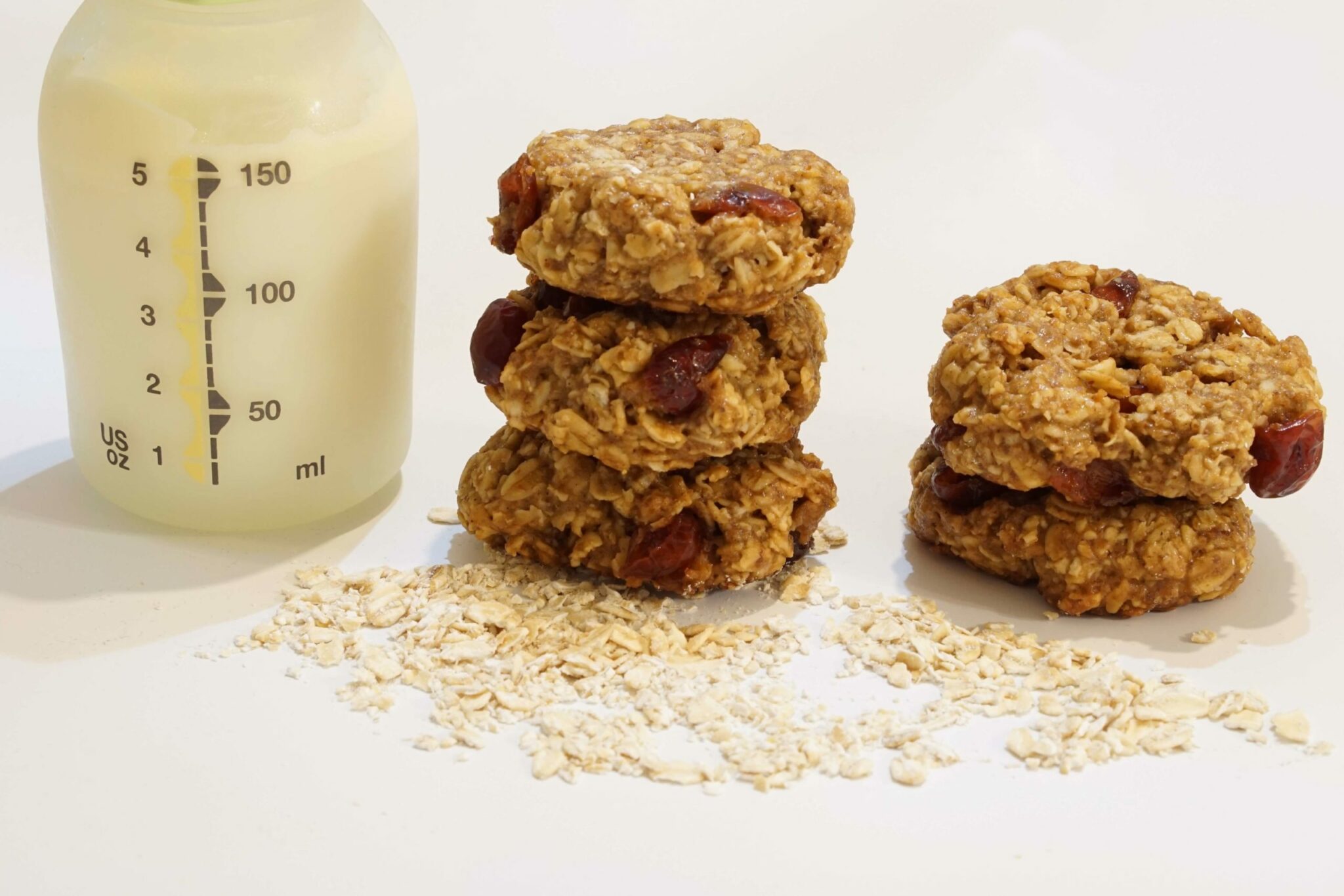Tips for Storing and Preparing Breast Milk
1. For the times you can\’t be there
There are numerous benefits your baby can gain from breastfeeding, but we know that it isn’t always so simple. Whether you are starting back to work or just need some time to yourself, you might not always be present to breastfeed, but that doesn’t mean your baby has to miss out on the benefits of breast milk. With these tips, you can store and use pumped or hand-expressed breast milk effectively.
2. Preparing for storage
Before storing breast milk in any container, be sure to wash it in hot, soapy water. You can use plastic containers or breast milk freezer bags (which are made especially for storing your milk) — whatever works for you. Either way, be sure to portion only enough milk for one meal in each container because you shouldn’t re-store or freeze the leftovers. Also, be sure to label each container (even if there’s only one), because the nutrients in your milk will deteriorate over time.
3. How long will your milk last?
Just like any other kind of milk, your breast milk has a shelf life — how you store it will determine how long it lasts. If left at room temperature, your milk will be good for up to six hours. In a cooler with an ice pack, it will stay fresh for a full day. If you are headed somewhere where breastfeeding will be difficult, these are great options. If you need a longer shelf life, though, consider refrigeration or freezing. In the refrigerator (when stored away from the door), your milk will last 5-8 days. Properly stored, frozen milk will be ready for baby for up to six months.
4. Refrigeration and freezing
Refrigerating or freezing your milk will increase its shelf life, but there are a few key tips to keep in mind. Be sure to store breast milk at the back of the refrigerator where the temperature is lowest. If you decide to freeze milk, you’ll have the most success with a freezer-safe container. For both refrigeration and freezing, be sure to avoid leaving your milk in the refrigerator or freezer door, where temperature control is less accurate.
5. Freshness matters
It’s important to note that as your breast milk sits in storage, it may lose important nutrients, like vitamin C, over time. We also know that antibodies in your milk may deteriorate after just two days of refrigeration. Even freezing your breast milk for a lengthy period can lower the fat quality in breast milk. This is why it is important to label your storage containers.
6. Serving previously stored breast milk
If your milk is frozen, start by defrosting it in the refrigerator (never on the counter!). Once the milk is thawed, you may want to warm it up before offering it to baby. You can purchase a bottle warmer, but a good old bowl of warm water will also do the trick. Be sure that you never microwave breast milk to avoid uneven heating, which could burn your baby’s mouth. Also, be sure to shake your baby’s bottle before offering it to be sure that all of the fat and liquid are combined.
7. Discard extra milk
Especially if your breast milk was frozen, be sure that you don’t re-store or re-freeze it. Discard whatever is left over. If you prepare your storage containers according to your baby’s usual appetite, there won’t be much waste.
Sources:
- The Mayo Clinic
- Breast milk storage: do’s and don’ts.
Centers for Disease Control and Prevention - Proper handling and storage of human milk.
Powered by Bundoo®













































